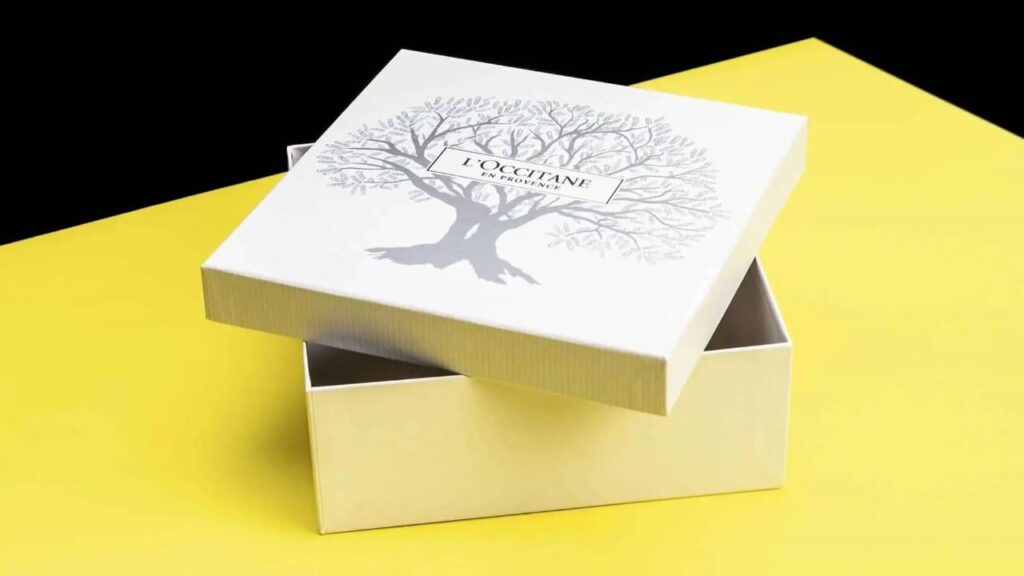In today’s competitive retail landscape, it’s increasingly important that your product stands out and packaging contributes to setting your brand apart from the competition. The right packaging’s purpose isn’t just to protect your product and convey your brand’s story and values. Thus, when it comes to selecting the right packaging for your product, understanding your product’s and your consumer’s priorities is key.
The right packaging can set a brand apart by providing consumers with clarity and assurance. Moreover, it can inspire greater consumer engagement and add a lasting touchpoint to the customer journey. To this end, here are some tips to consider when finding the right packaging for your brand:
Understand Your Brand
Before you even think about the aesthetics of packaging, it’s important to get clarity on your brand’s core principles and the values it represents. Ultimately, the visuals you choose to represent the brand should harmoniously reflect the principles of the brand.
What’s more, consider what kind of message you are trying to communicate to your customers about your brand. Whether you’re purposely sending a message of luxury and sophistication or helping your audience see the convenience of your product offerings, the key is ensuring that your packaging design will complement your brand’s values.
Understand Your Target Audience
Once you know your target audience, it’s time to consider what kind of packaging will resonate with them.
Take into account their age, lifestyle preferences, and other pertinent factors. Think about how they shop and what kind of experiences they like. It’s also wise to consider the environmental sensitivities of your target audience, as an increasing number of consumers are becoming ever-more conscious of their environmental footprints.
In turn, you may seek out materials that are recyclable, sustainable, or biodegradable to meet their needs.
Consider Your Product Type
Certain product types lend themselves better to certain types of packaging. Consider what shape and forms will be perfectly suited to your product. Moreover, certain materials can be better suited to particular types of products, such as rigid materials for more heavy items or paperboard materials which can enable more intricate design details.
You must know your products’ size, weight, and fragility to ensure you select the right material and packaging design.

Moreover, different types of packaging may work better for particular products. For instance, rigid luxury boxes are usually suited to jewelry and other items, whereas paperboard containers can be ideal for food products. Furthermore, flexible packaging options like pouches may be suitable for items like granola bars or other items with a longer shelf life.
Research the Competition
One of the best ways to begin the packaging process is to look at what your competitors are doing. This can help you find packaging ideas you hadn’t thought of and identify trends in your industry.
Take the time to look closely at the brands’ packaging in your particular industry. Pay attention to the types of materials they’re using, the shape of their boxes, and the overall design of their packages. This can give you insight into what might work for your brand.
Find the Right Supplier
Once you’ve determined the right packaging for your brand, it’s time to find a supplier. When choosing a supplier, look for one with experience in your industry. Ask to see samples of their work and make sure they can meet the deadlines you need.
You should also compare prices and ask about discounts for bulk orders. Always ensure the supplier is reliable, trustworthy, and has a good reputation.
Think About Unboxing Experiences
Does your product lend itself to the unboxing experience?
Unboxing experiences can be a great way to further engage with your audience and give them a unique, memorable experience with your brand.
For instance, if your product is intangible such as an e-book or digital download, could you include promotional materials, such as discount codes or other marketing collateral? If it’s a physical product, could there be inserts or messages inside or outside of the box that adds to the unique experience?
Regardless, it’s worth thinking about your unboxing experience early in the packaging process and seeing how you could further engage with the audience to make them even more loyal to your brand.
Consider Ecological Factors
You’ll also want to think about how eco-friendly your packaging will be. Increasingly, consumers are more aware of their environmental impact and are keen on reducing their footprint.
When it comes to packaging, opting for biodegradable or recycled materials like paper boxes, glass jars, and tin containers can significantly reduce the environmental impact of your products. Additionally, using returnable packaging or reusable packaging or incorporating renewable energy during production can further minimize your obligations to the environment.
Articulate Your Budget
While the visual aesthetics of your packaging are important, the production cost must certainly be considered. Although you may have a flexible budget for your packaging, it’s still important to acknowledge what is realistic. Additionally, consider using lower-cost materials or simplifying the design components if the price is a factor.
It is also useful to survey your target audience to determine how much they’d be willing to pay for packaging of a certain quality. This way, you can continue optimizing your packaging costs and ensure you don’t overspend on unnecessarily high-end packaging components.
Make Sure It’s Functional
It’s important to ensure that packaging is functional and attractive. Ensure the packaging is correctly sized, with adequate space on the inside to protect the item/s. Additionally, consider inserting it inside the package to provide more protection if needed and add a branded element to embellish the packaging.
Ultimately, packaging should be a deliberate process that helps to tell your brand’s story further and values and help customers recognize your product’s quality and usability. It’s important to remember that packaging communicates and helps to integrate each element of the customer journey. Thus, finding the right packaging for your product and brand is essential.
Conclusion
Finding the right packaging for your brand isn’t an easy task. But it’s important, as packaging is the first thing customers will see when they come across your product. Take the time to research the competition, determine your needs, consider your brand image and choose durable materials. Finding the right supplier and evaluating your packaging is crucial to ensure it meets all your requirements. You can find the perfect packaging for your brand by following these tips.


